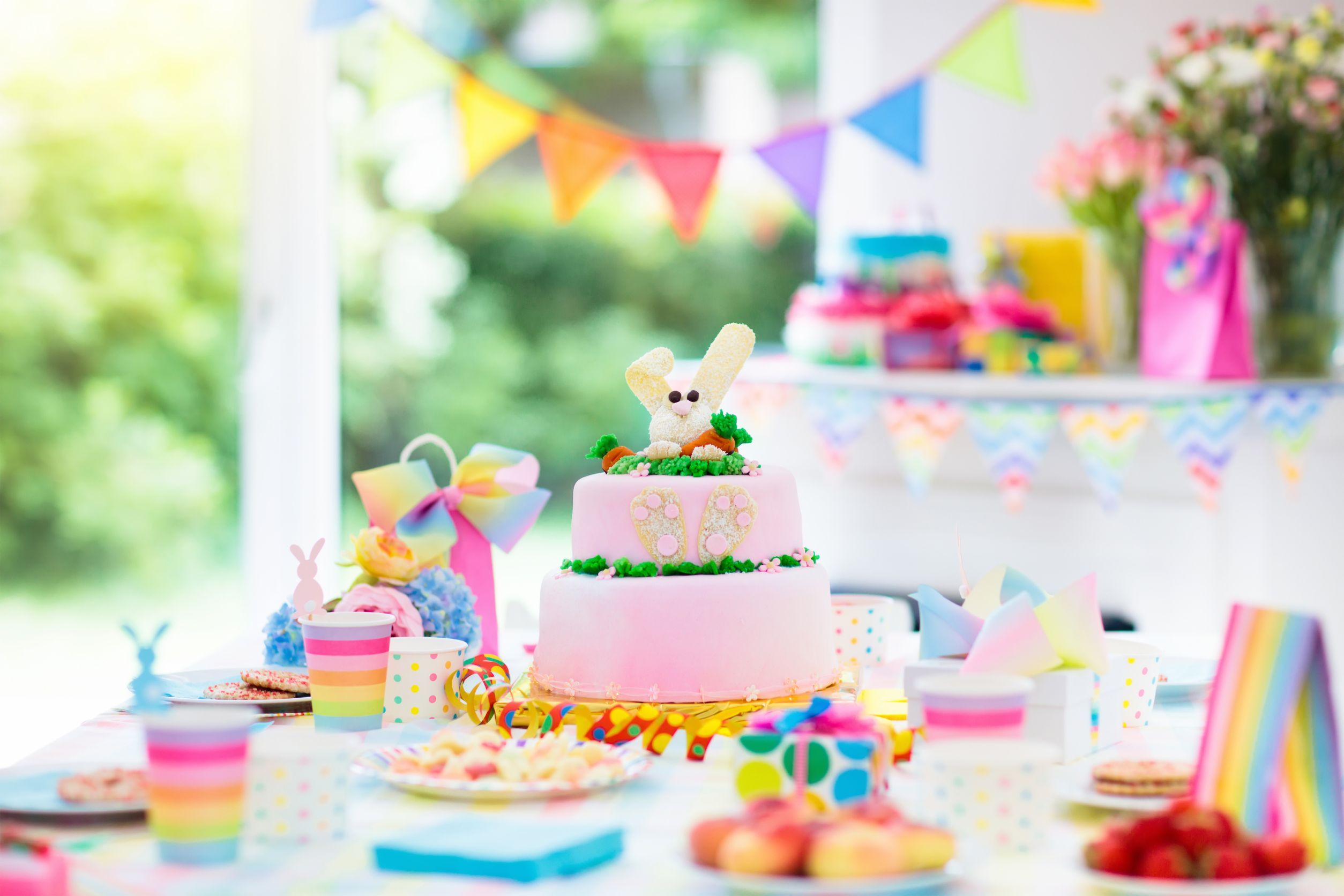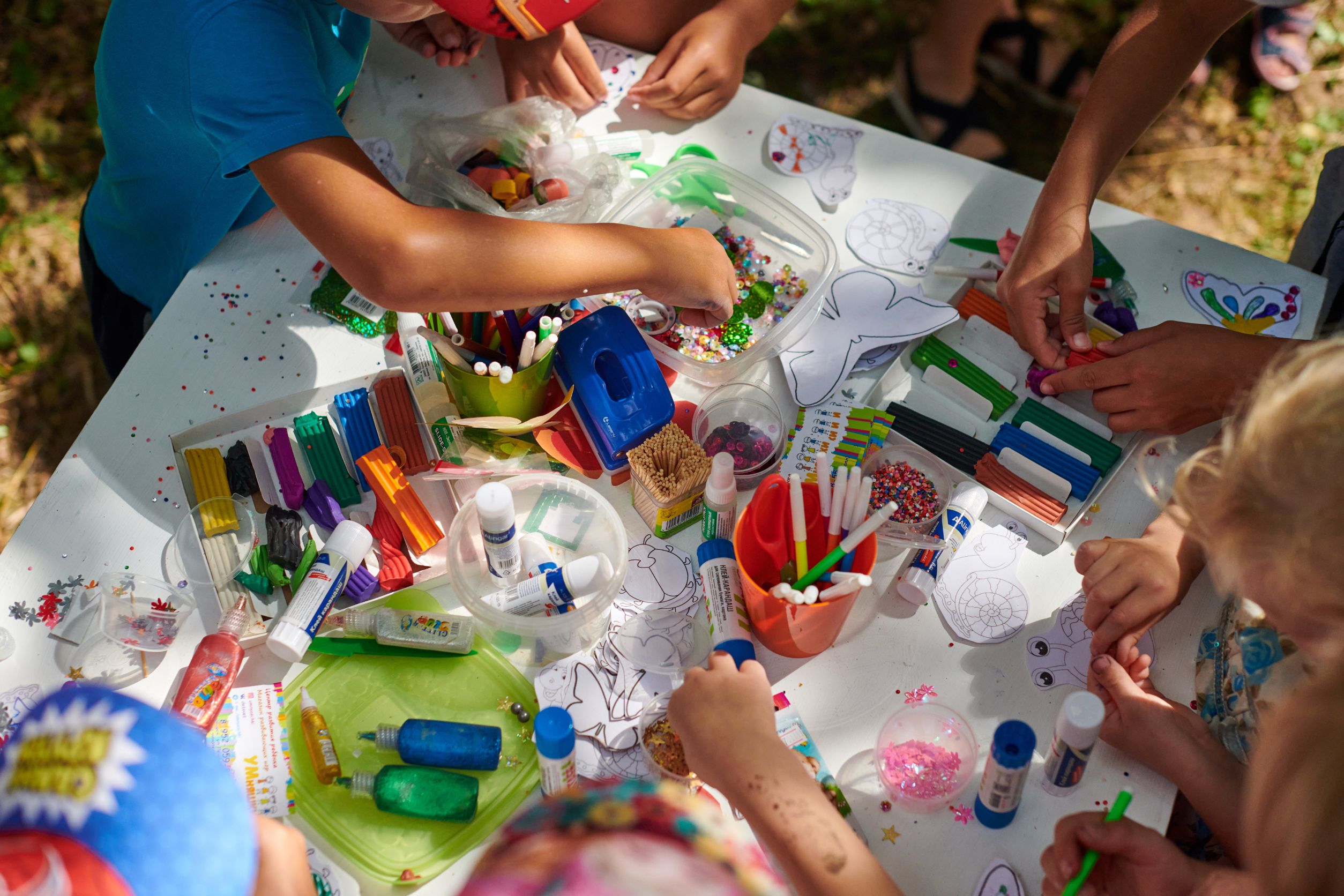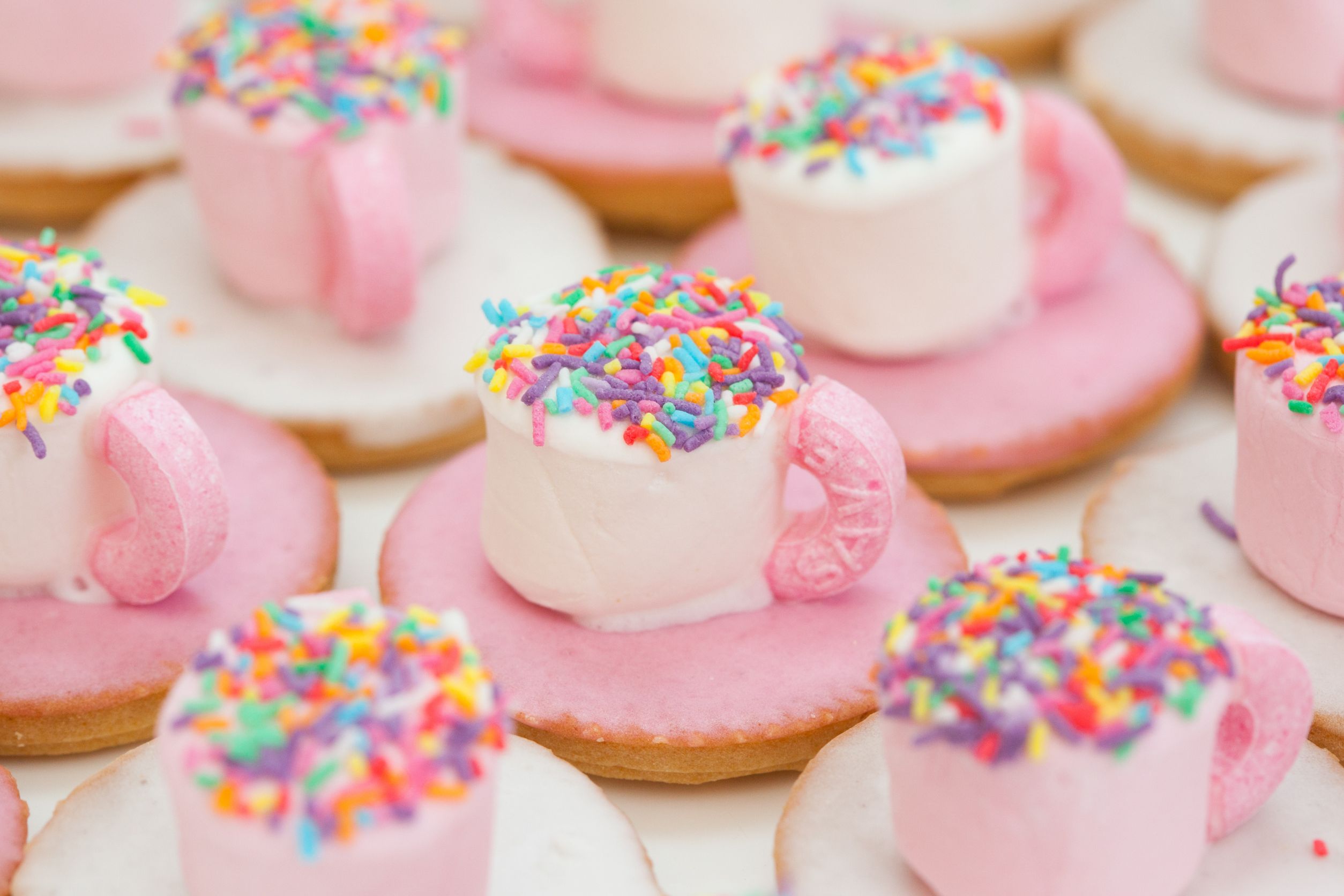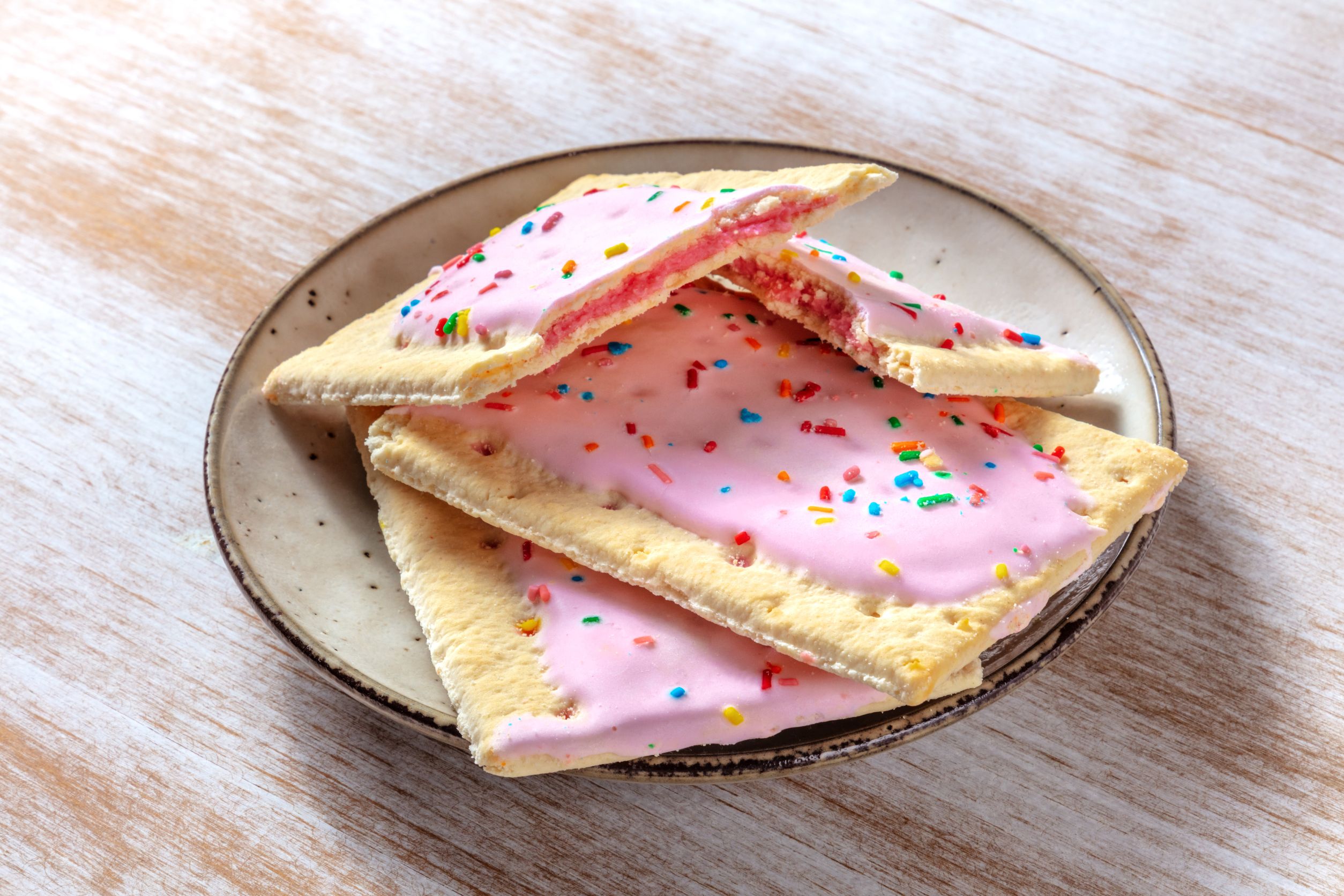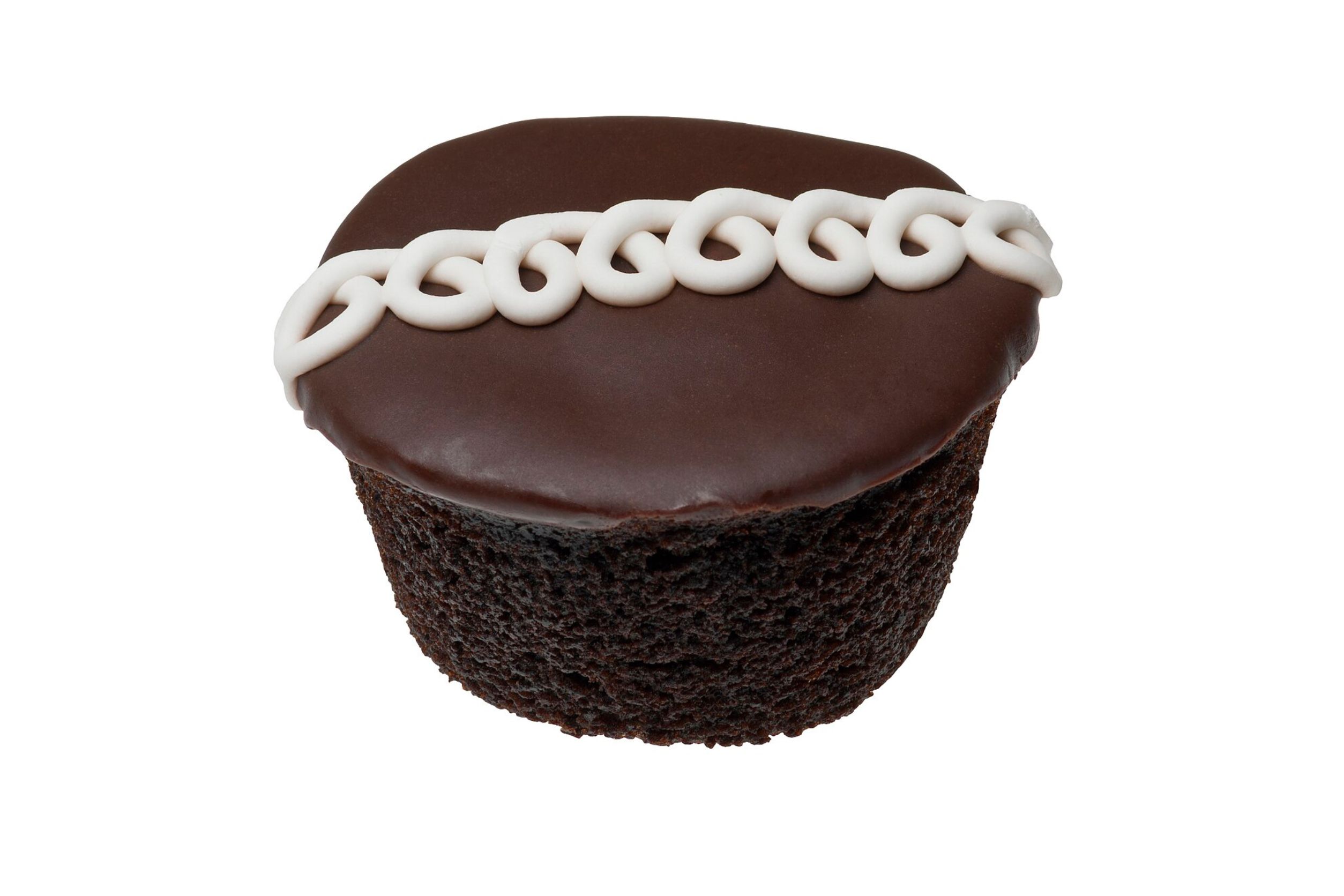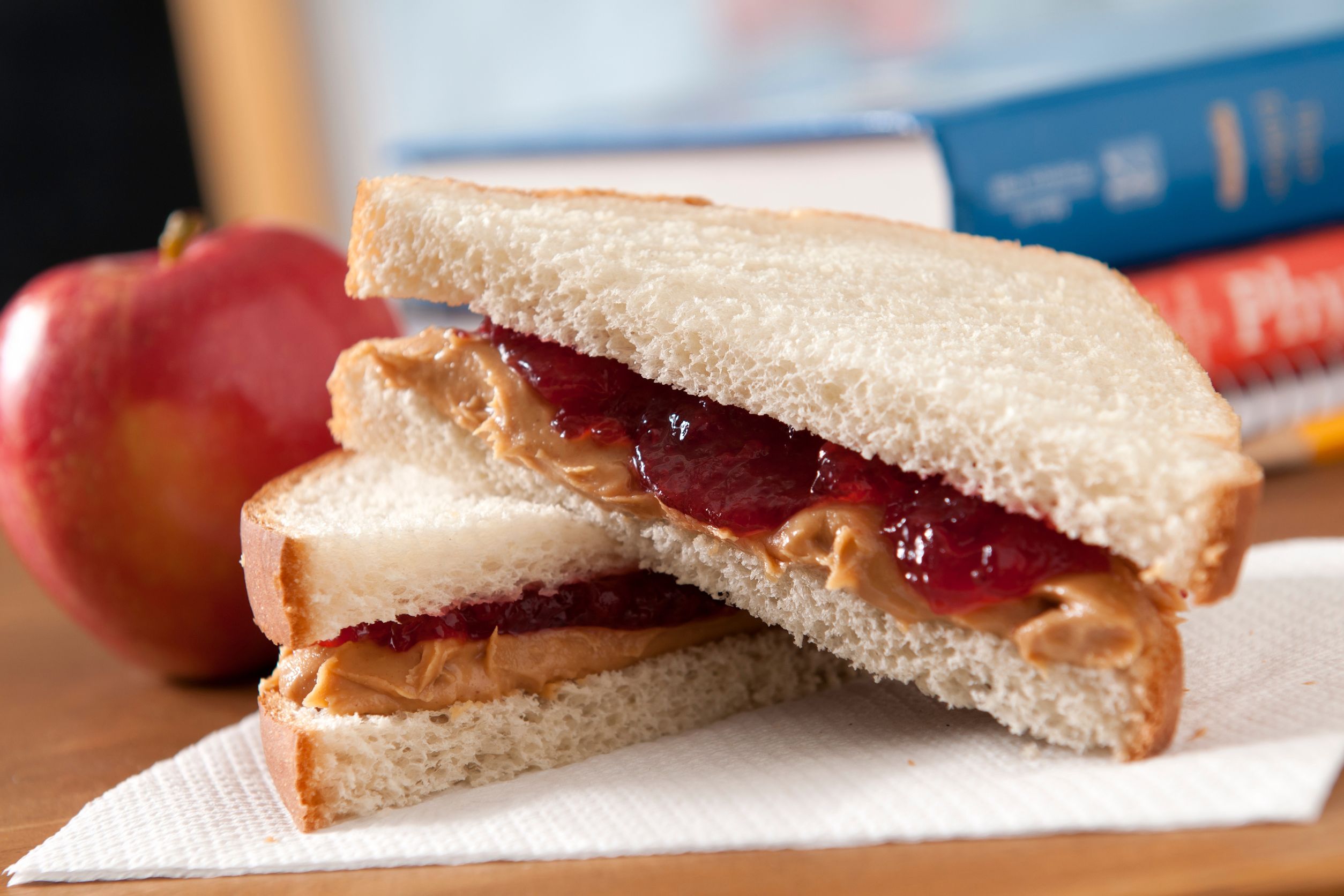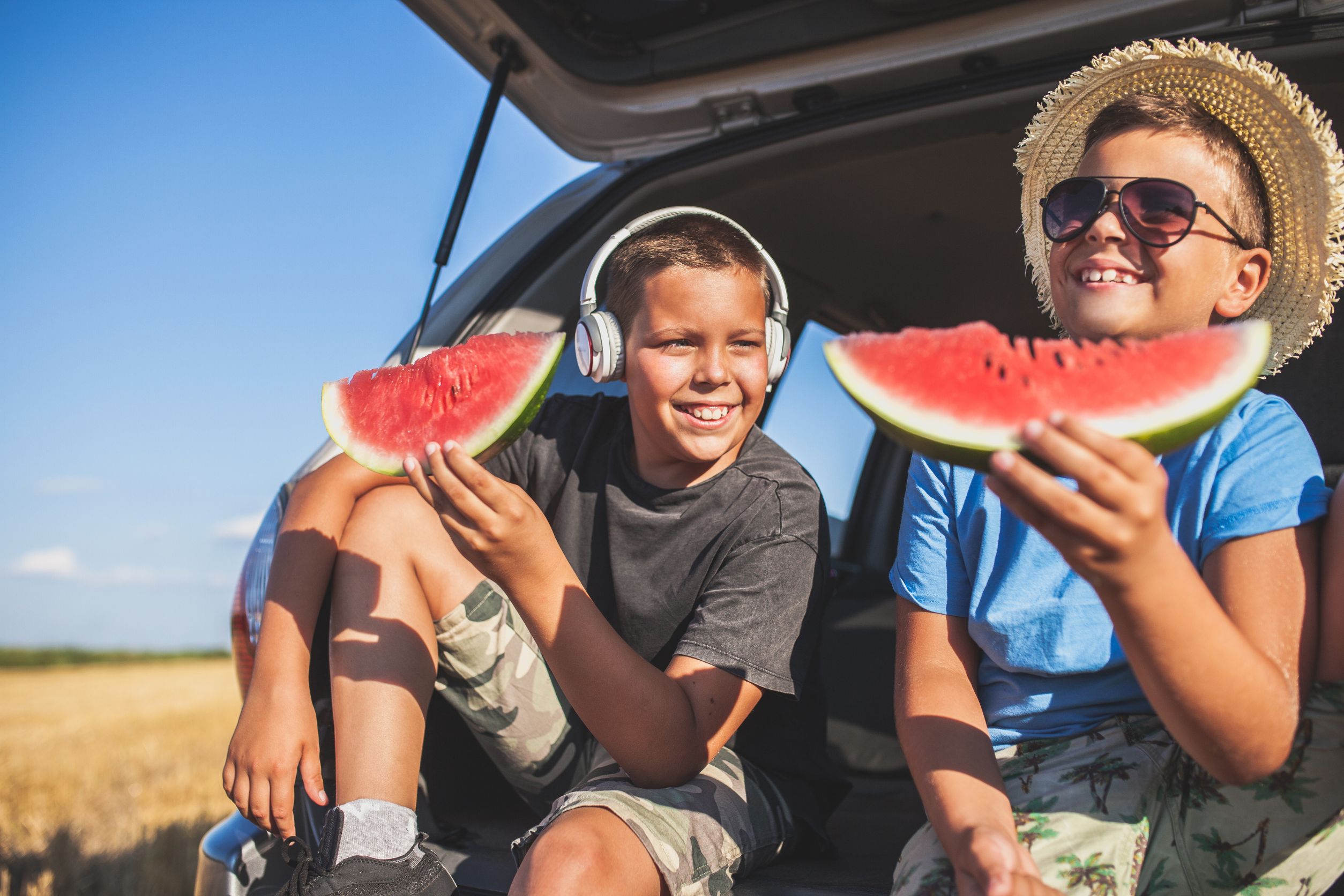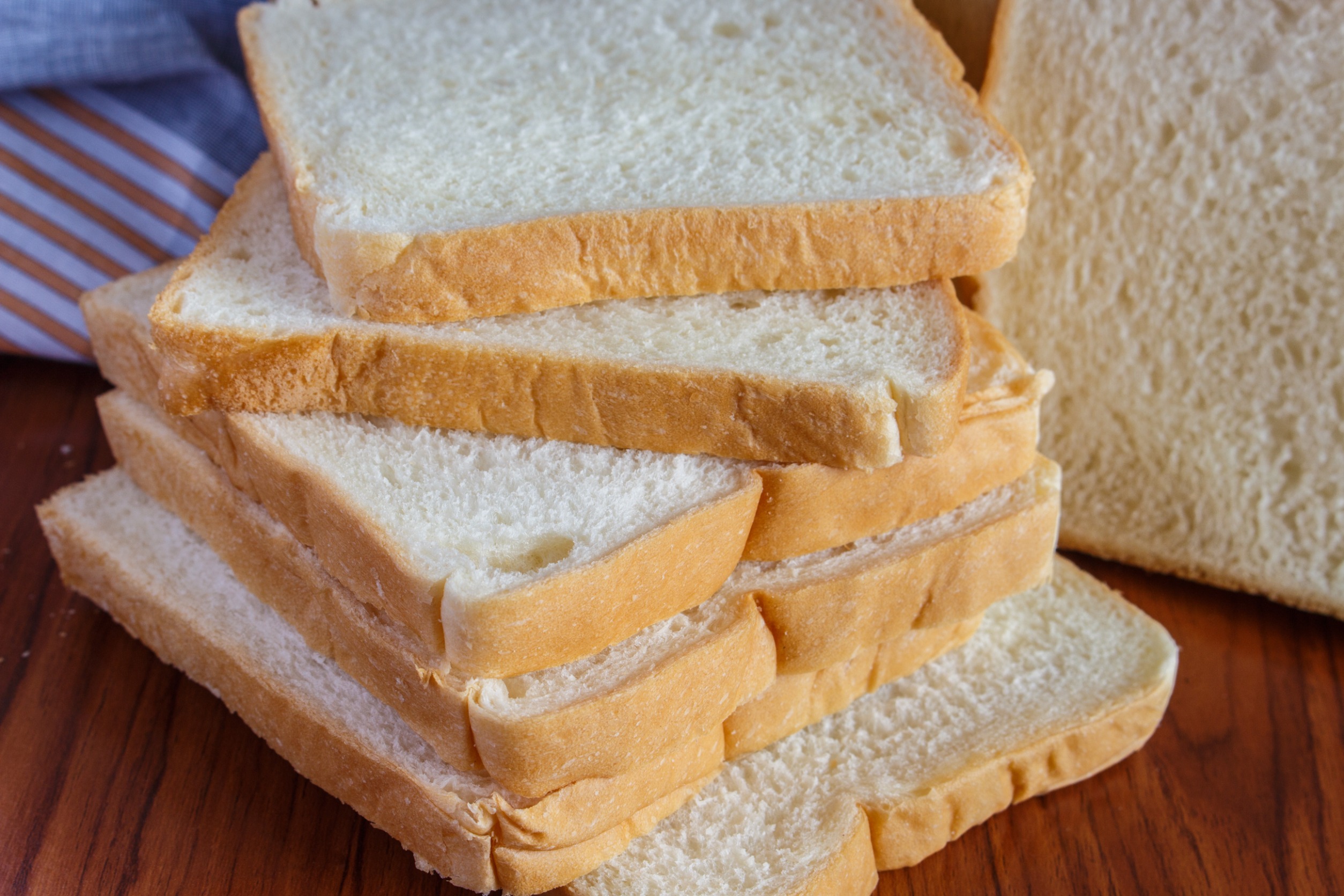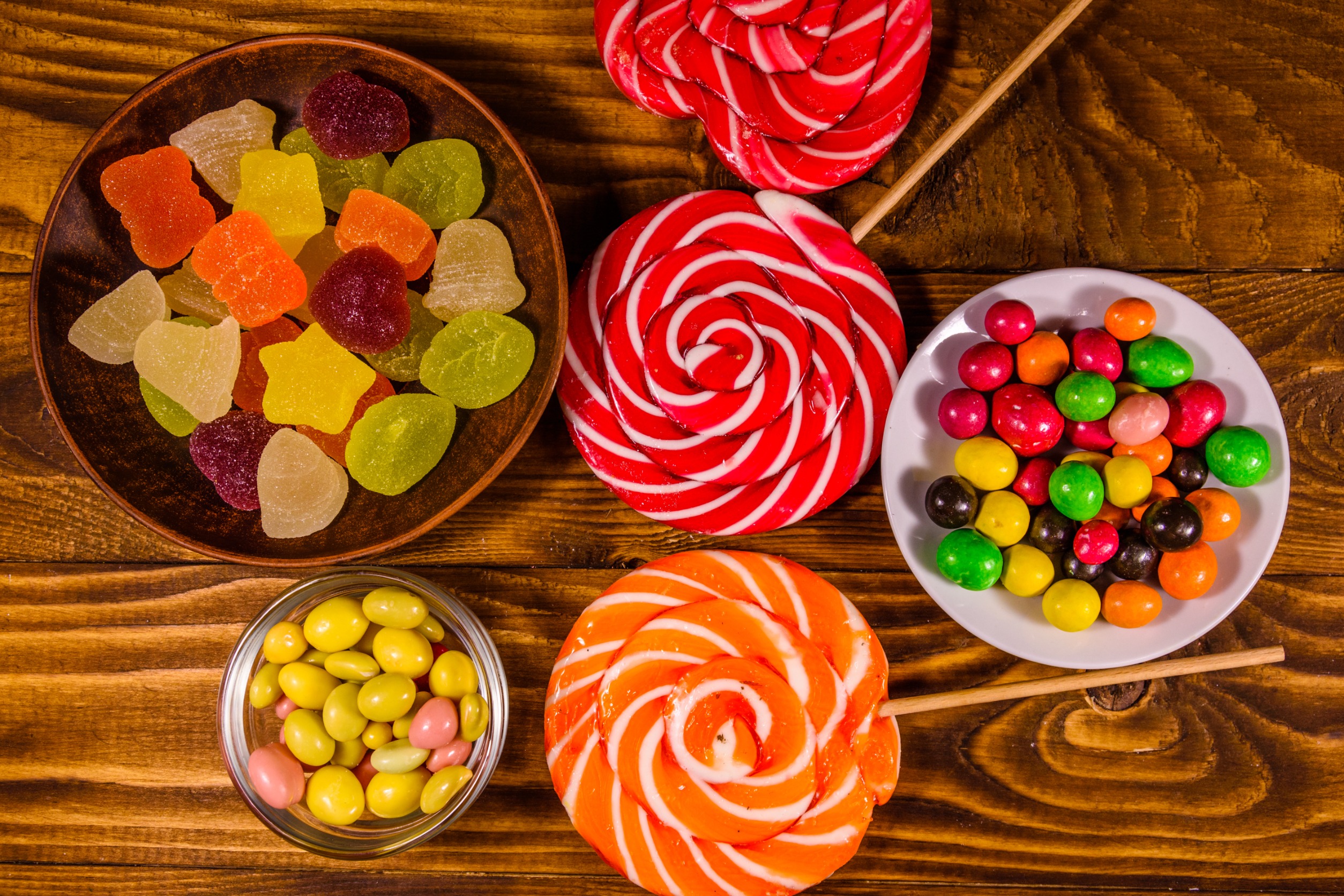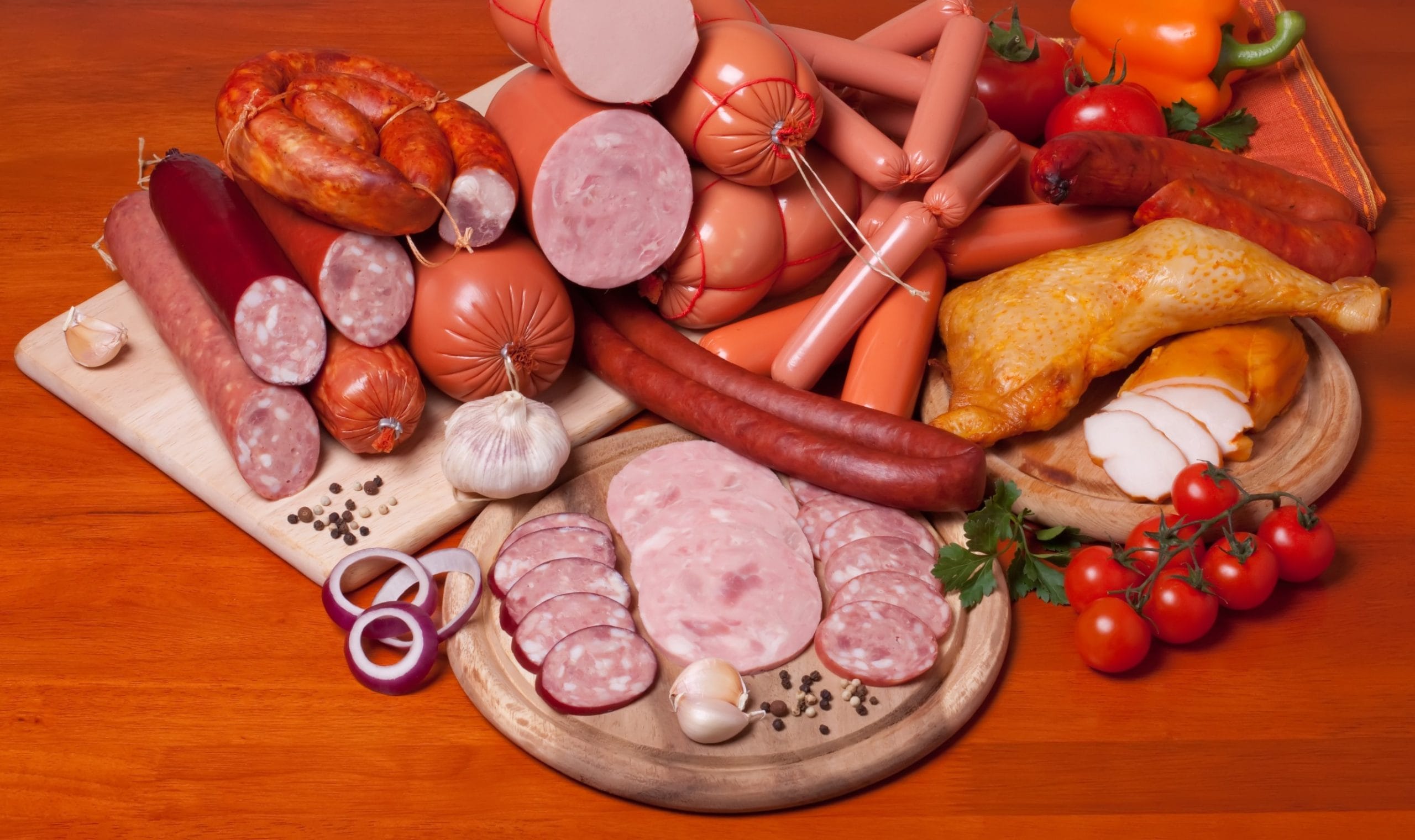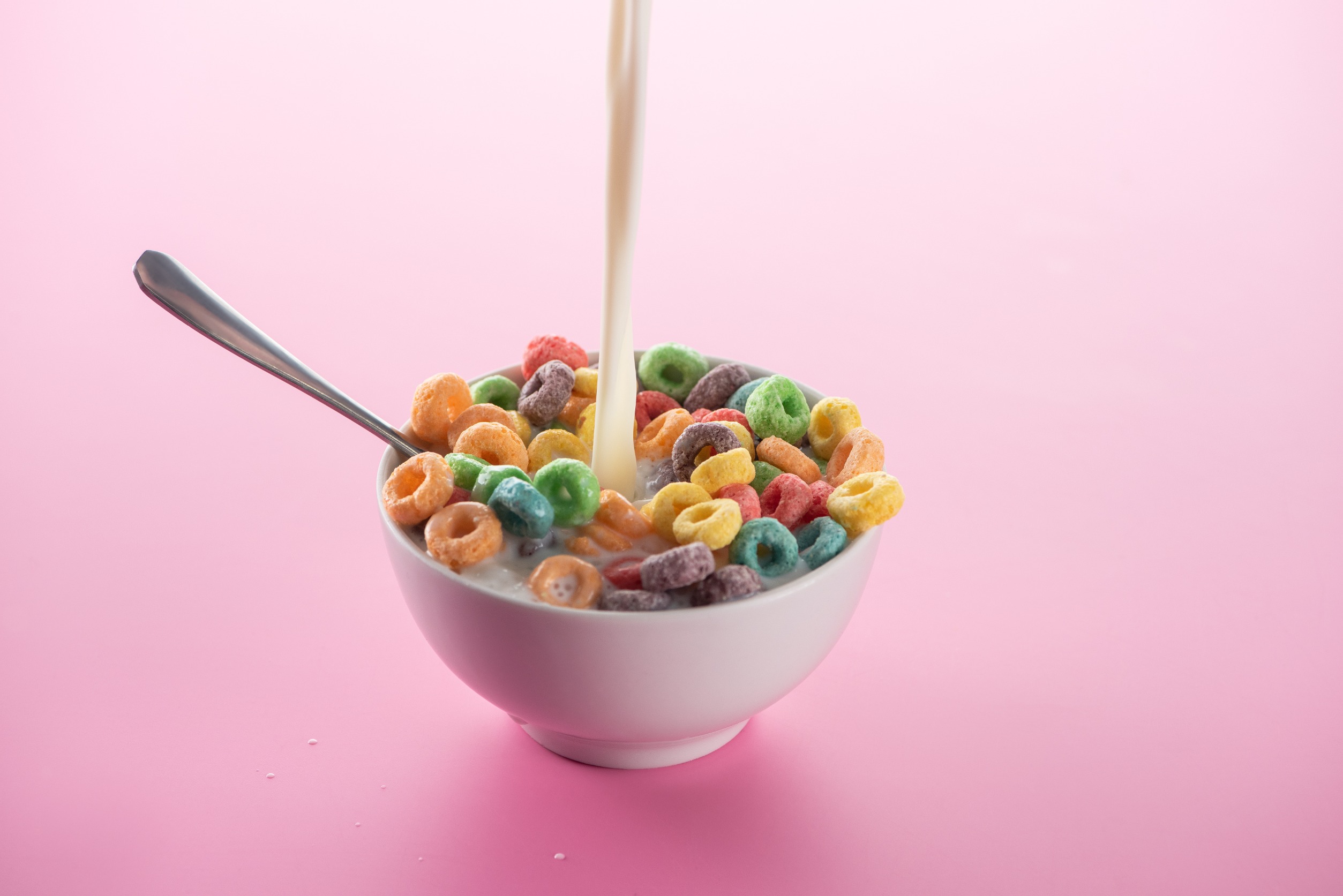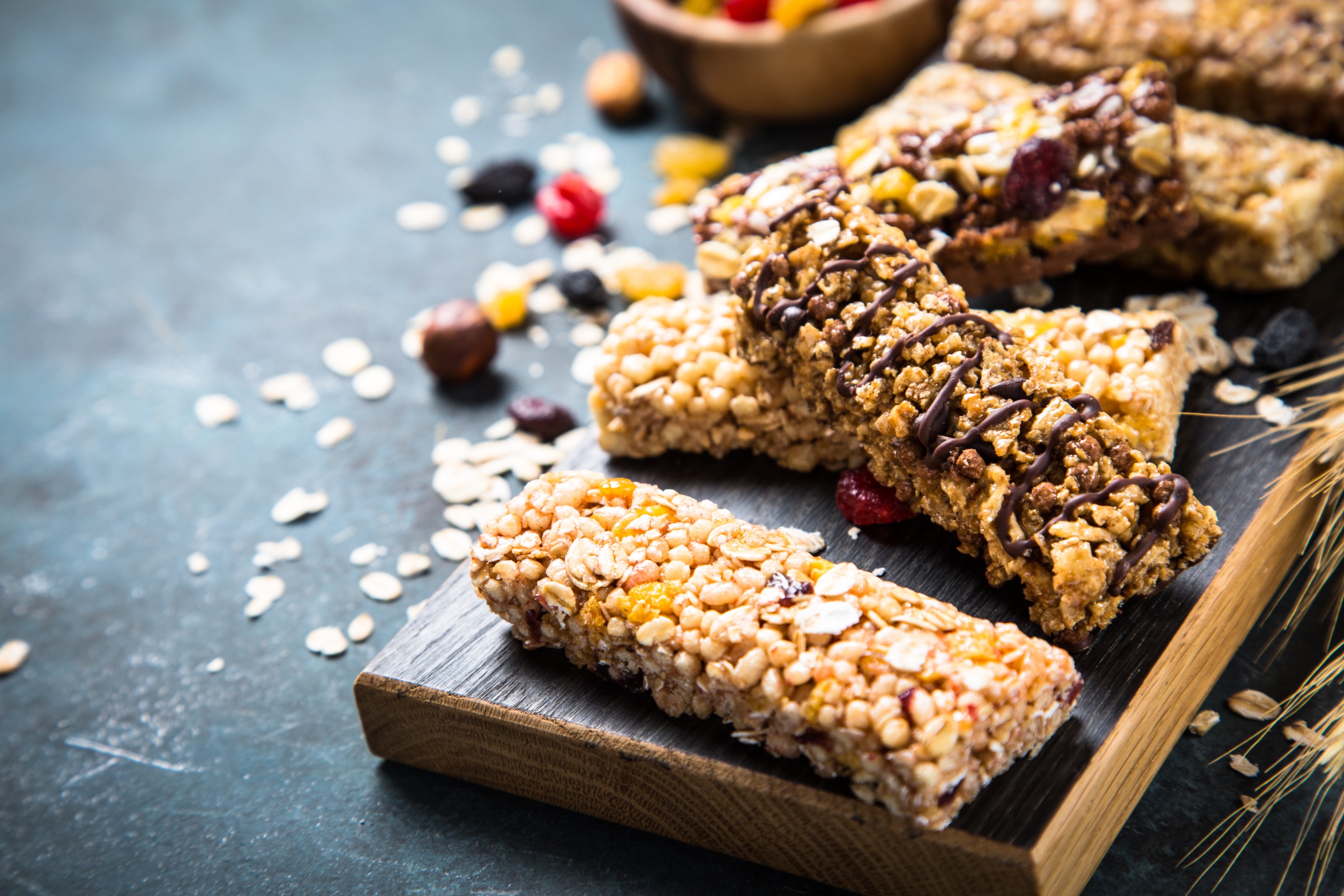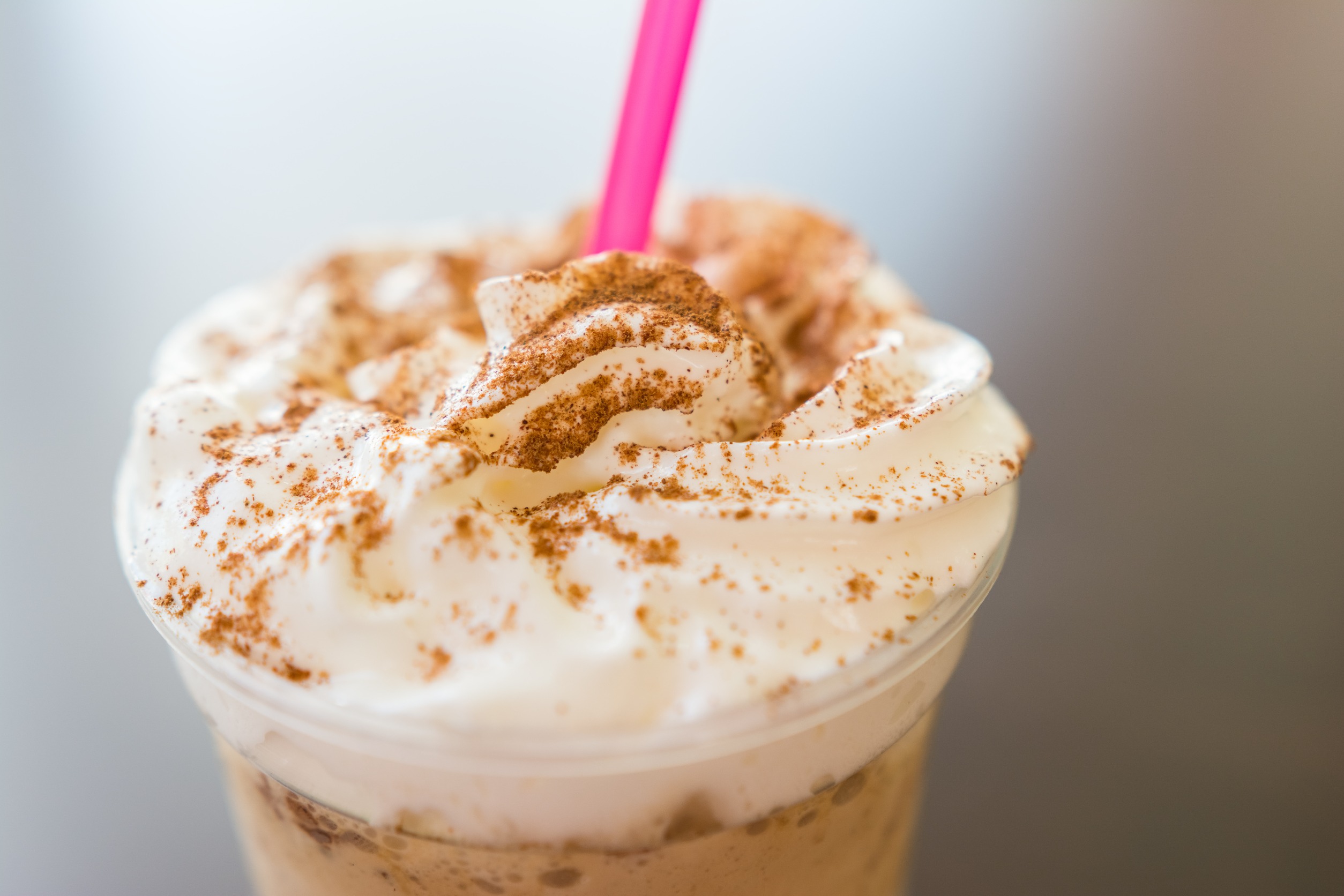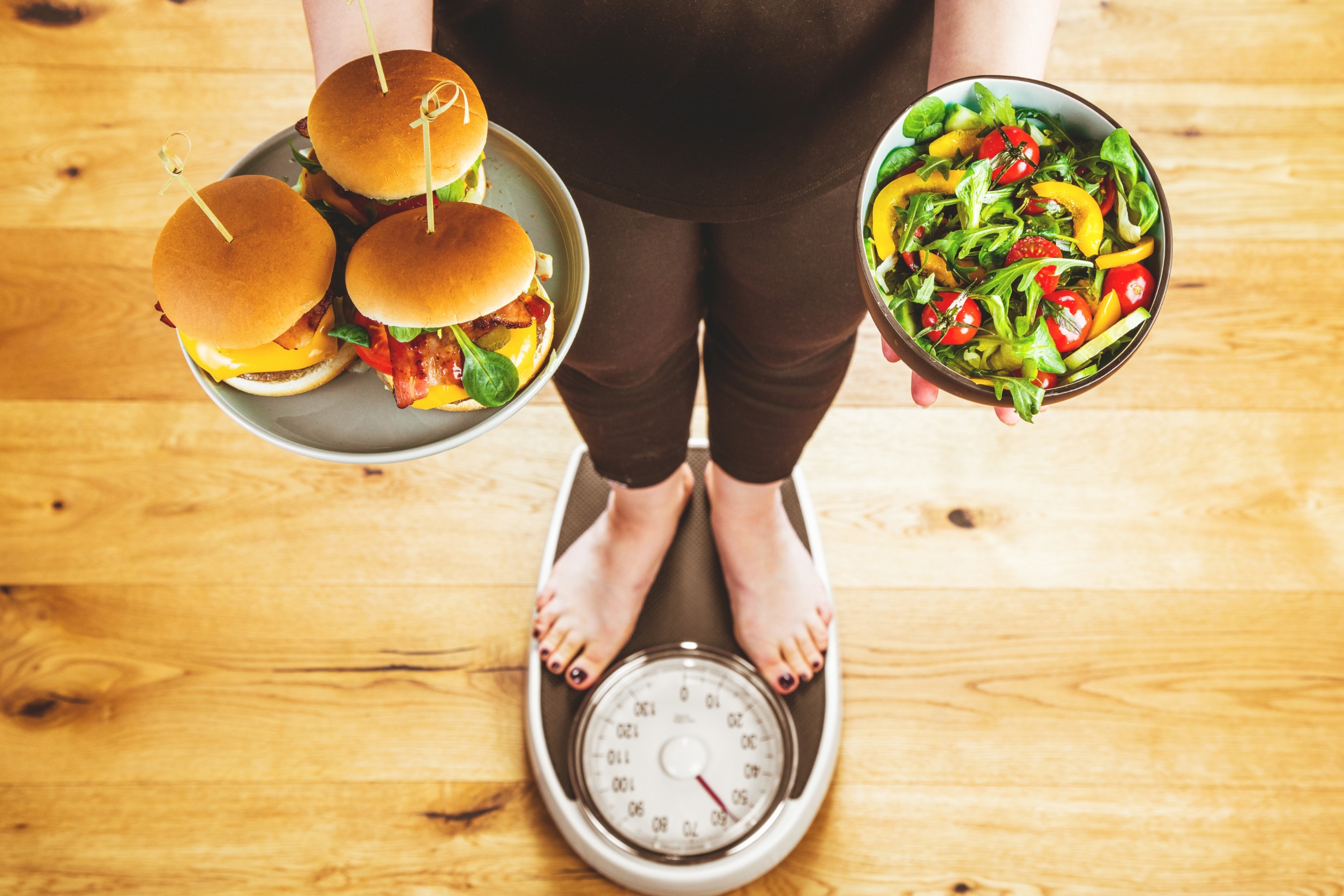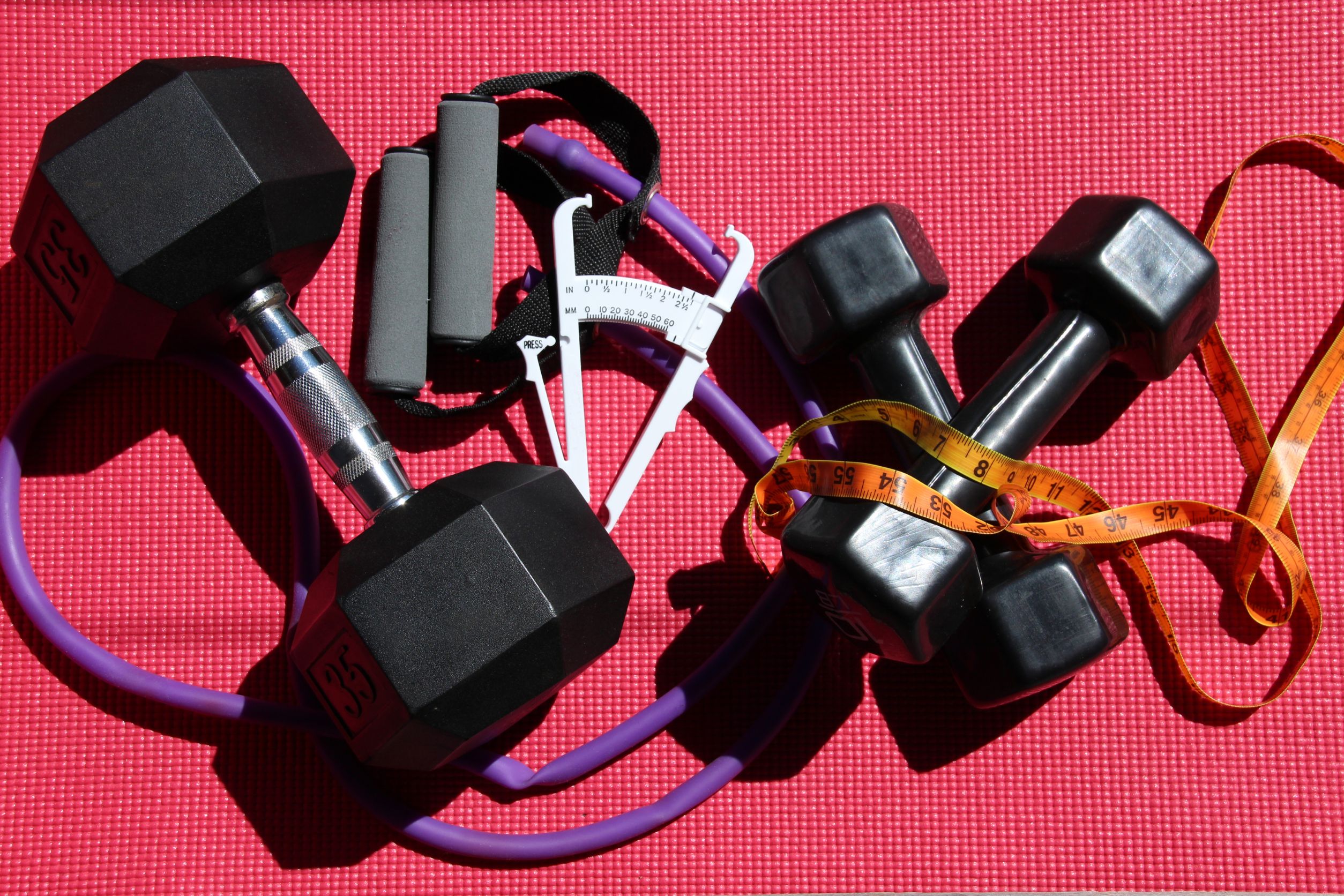Keeping a large family fed and happy is a difficult balancing act. Each family member likely has competing allergies, dietary needs, and taste buds, which makes meal planning and writing a large family grocery list a challenge. For big groups, we love “build your own” meals like chopped salads, taco bars, and rice bowls.
They allow everyone to customize their portion with the ingredients and flavors they love, keeping the whole family satisfied. If you keep a few low-cost staples on hand, you’ll be able to cook modular recipes that even the pickiest eaters will enjoy. Here are 12 must-have items to include in your large family grocery list.
Crowd-Pleasing Large Family Grocery List
Beans
Beans are a surprisingly good source of protein, especially considering how affordable they are. One cup of cooked black beans has 15 grams of protein, plus essential vitamins like iron, thiamine, magnesium, and manganese. Depending on the variety, dried beans typically cost $1 per pound or less, making them one of the cheapest proteins available.
Beans are incredibly versatile and can be prepared in lots of unique ways. You can mash up beans with bread crumbs and fry them to create satisfying bean cakes. Pinto beans can be refried with oil to make a satisfying burrito or taco filling. Bean salads or dips are also delicious ways to increase your fiber and protein intake. Plus, you can add them to sauces, soups, and casseroles for an extra dose of protein.
Chicken Breast
Chicken breast is one of the most affordable sources of protein for a large family grocery list at just $4 per pound on average. A cup of chicken has a whopping 43 grams of protein to keep the whole family satiated. You can easily stretch chicken breast and make it go further by shredding it up and adding it to recipes like soup and casserole. Pounding it flat can also help you get multiple portions from just one breast.
Pasta
Pasta is a versatile pantry staple and family favorite but is sometimes regarded as being unhealthy. However, pasta provides many important nutrients including dietary fiber, B vitamins, iron, magnesium, selenium, and more. It’s also a good source of complex carbs, which provide essential energy for children who are active and growing rapidly. Plus, pasta has a surprising amount of protein—about 5g per 100g serving.
Thinking outside the box when it comes to pasta will help you make nutritious meals. Although many of us default to white pasta, there are many varieties available, including chickpea, black bean, whole wheat, quinoa, and more. To add an extra health boost to spaghetti night, try blending extra vegetables into the sauce or topping your pasta with beans and greens. Instead of serving garlic bread on the side, opt for a side salad for extra fiber.
Rice
Rice is another affordable source of carbohydrates, the body’s main fuel source. Brown rice especially provides many key nutrients, including fiber, manganese, selenium, magnesium, and B vitamins. Rice is a staple in many different cuisines and can be used in a variety of dishes, including Spanish rice and beans, risotto, pilaf, fried rice, and paella. Plus, rice is a great base for build-your-own bowls.
Oats
Oatmeal is the ultimate customizable breakfast and a great addition to any large family grocery list. You can make oatmeal with milk or water for lactose-intolerant family members. Each person can top their portion with their favorite add-ons, such as cinnamon sugar, fruit, peanut butter, and cocoa powder. You can even make a delicious oatmeal with ingredients like eggs, greens, and mushrooms. No matter how you prepare them, oats have roughly 10 grams of protein per 300-calorie serving, making them a nutritious way to start the day.
Bananas
Bananas are one of the best affordable snack foods for large families. Although grocery prices vary by region, bananas usually cost under a dollar a pound. Since they have a peel, they’re easy to throw in a bag and take to sports practice. Adding a few spoonfuls of peanut butter can turn a banana into a complete snack with protein, fiber, and vitamins like potassium and B6. Bananas can also be turned into protein pancake batter by mashing them with eggs and flour.
Spices
The right spices can completely change the way foods taste, helping prevent food fatigue. For example, adding cajun seasoning to basic rice and beans can elevate them into a flavorful meal. Don’t be afraid to get creative and try new spices to expand your family’s palate. Ethnic grocery stores often have cheap bulk spices, allowing you to sample a variety of new flavors at an affordable price.
Cheese
There is no shortage of options when it comes to cheese. Sliced, shredded, or block; mild, stinky, or sweet. Cheese can be a filling snack or a satisfying addition to any meal, including salads, sandwiches, tacos, pizza, lasagna, and more.
Cheese is not only delicious but also a great source of protein and calcium. Whether you have little kids with growing bones or adults and seniors starting to worry about brittle bones, the calcium in cheese can be a positive addition to your family’s diet.
Nut and Seed Butter
Everybody loves nut butter, which is a great source of protein, healthy fats, vitamins, and minerals. If someone in your family is allergic to peanut butter, they may be able to eat a different variety, such as cashew, almond, or sunflower butter. Nut butter can be spread on toast or fruit for an easy breakfast or snack. It’s also a great addition to many entrees like peanut noodles, satay chicken skewers, and peanut stew. Plus, nut butter can be added to yogurt, oatmeal, or smoothies for an extra protein boost.
Canned Tomatoes
Canned goods are processed to preserve freshness and can be a great option in the winter when fresh, local produce isn’t readily available. Looking for low-sodium options can help reduce your family’s salt intake, preventing issues like high blood pressure down the line.
Canned tomatoes are one of my favorite pantry staples for a large family grocery list due to the variety available. You can find them stewed, diced, crushed, fire-roasted, and even turned into salsa. This makes canned tomatoes perfect for a wide range of culinary applications, including soup, chili, enchiladas, casserole, stew, and more.
Popcorn
Popcorn is a classic movie snack, but did you know it can actually be healthy depending on how you prepare it? Popcorn is a whole grain that’s low in calories and high in fiber. However, you have to be careful when buying packaged or pre-popped popcorn, because they often contain extra oils, colors, and flavorings.
Fortunately, it’s easy to pop your own at home in an air popper or pan on the stove, allowing you to control what goes in it. You only need a few dashes of salt or seasoning and a little oil spray or butter to make your popcorn delicious.
Flour
Flour is always on my large family grocery list because it can last up to 8 months and only costs about a dollar per pound. It’s a baking staple that comes in handy when making bread and desserts like cookies and cakes. Even if you aren’t much of a baker, flour can be used to make pancakes, thicken sauces and soups, or make drop dumplings for stew.
What are your favorite items to add to a large family grocery list? Share your staples in the comments!


















